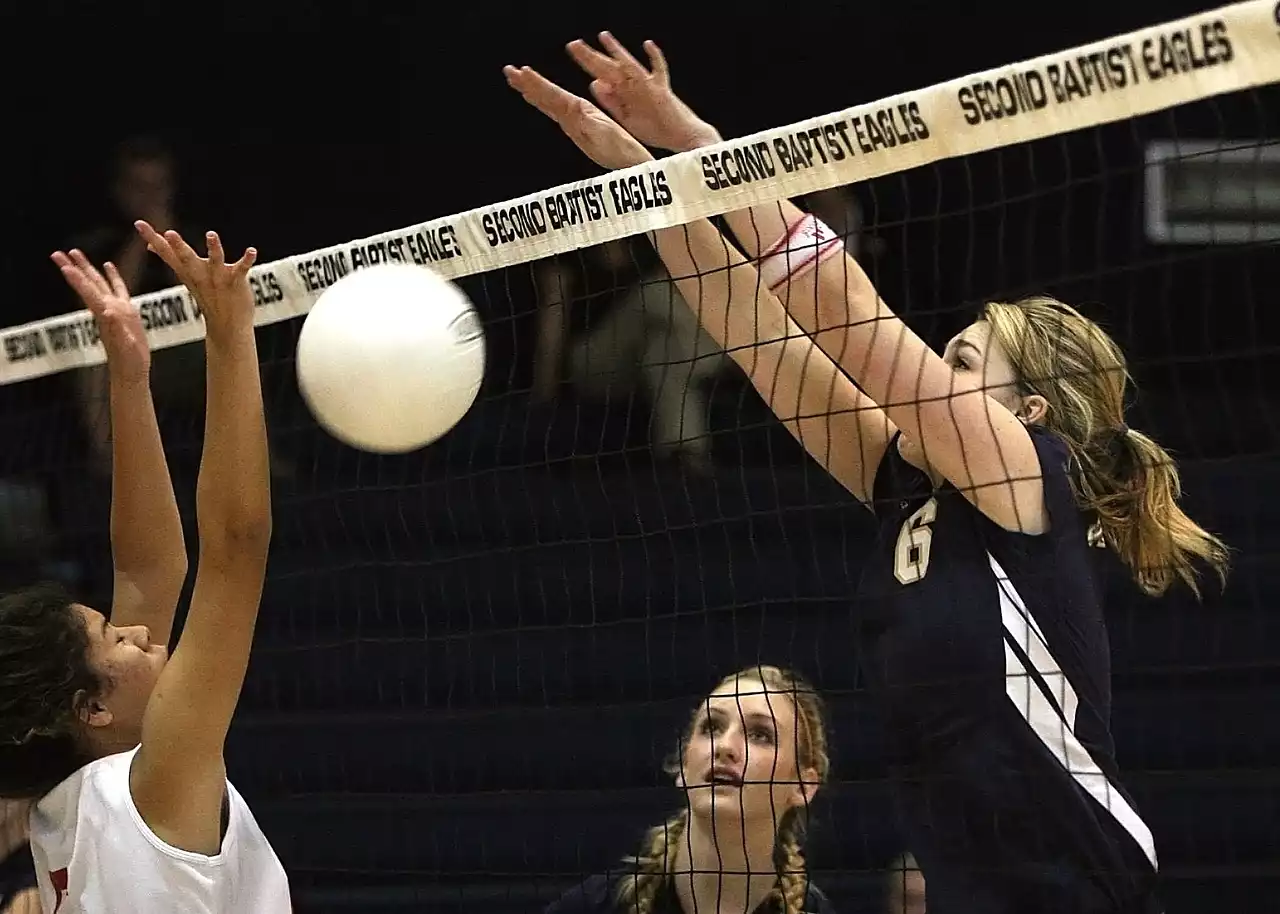Fundamentals of Setting Up a Rotation
The basics of rotation strategies in volleyball involve the positioning of players on the court. Generally, teams are set up in the standard 6-2 formation, with two setters, two outsides, two middles, and a libero. The two setters split the court, with one responsible for the front row and the other responsible for the back row. The outside hitters are positioned on the left and right sides of the court. The two middle blockers stand in the middle of the court. The libero is the defensive specialist and is typically positioned in the back row but can move to any position as needed.
The key to any successful rotation strategy is communication. Players need to understand their position and responsibilities. This allows them to anticipate their opponent’s moves and adjust the rotation accordingly. Teams should also practice various scenarios to ensure they are prepared for any situation. Finally, players should understand the importance of movement and positioning to create openings and scoring opportunities.
Different Rotation Strategies
The standard 6-2 rotation is the most common rotation strategy used in volleyball. However, teams can adjust the rotation to create different setups. For example, the 5-1 formation involves having one setter and five attackers, while the 4-2 formation has two setters and four attackers. Teams may also opt for a 3-3 formation, which involves three attackers and three blockers. These rotation strategies can be used to create more offensive or defensive opportunities, depending on the team’s strategy.
In addition to traditional rotation strategies, teams can also utilize a variety of specialty rotations. These rotations involve players changing positions during the game to create different matchups and openings. The 1-5-1 formation, for example, involves one setter and five attackers, with one of the attackers moving to the back row as needed. This rotation can be used to create a mismatch in the back row or to create an opening in the front row.
Benefits of Using Rotation Strategies
Rotation strategies can have a significant impact on a team’s performance. Utilizing a rotation strategy can help teams stay organized and anticipate their opponent’s moves, as well as create openings and scoring opportunities. It can also help teams to stay focused and on task, as the players will know their positions and responsibilities. Finally, rotation strategies can help teams to maximize their defensive and offensive potential, as well as create the most effective matchups.
Tips on How to Adjust the Rotation
Adjusting the rotation can be difficult, but it is an essential skill for any volleyball team. The key is to be mindful of the court and your teammates’ positions. It is important to be aware of any openings or mismatches that can be exploited. Teams should also be mindful of their opponent’s positions, as this can help them anticipate their opponents’ moves and adjust their rotation accordingly. Finally, teams should practice various scenarios to ensure they are prepared for any situation.
Common Mistakes to Avoid When Using Rotation Strategies
When using rotation strategies, it is important to avoid common mistakes. The most common mistake is failing to anticipate and adjust the rotation. This can lead to a lack of communication and support, as well as mismatches and openings that can be exploited by the opposing team. Another common mistake is failing to practice different scenarios. This can lead to confusion and disorganization, as players may not know their positions and responsibilities. Finally, teams should avoid over-rotating, as this can lead to fatigue and can disrupt the flow of the game.
Offensive and Defensive Considerations With Rotation Strategies
Rotation strategies can be used to create both offensive and defensive opportunities. On the offensive side, rotation strategies can create openings for attackers and setters. This can create more scoring opportunities and can lead to more successful plays. On the defensive side, rotation strategies can create mismatches and can help teams stay organized. This can help teams to anticipate their opponent’s moves and adjust their rotation accordingly.
Communication and Support With Rotation Strategies
Communication and support are essential for any successful rotation strategy. Teams should ensure they are communicating and supporting each other on the court. This can help teams stay organized and anticipate their opponent’s moves. Communication can also help teams create openings and scoring opportunities. Finally, teams should practice communication and support drills to ensure they are prepared for any situation.
Examples of Successful Rotation Strategies in Volleyball
There are many examples of successful rotation strategies in volleyball. The most successful teams utilize a combination of traditional and specialty rotations to create the most effective matchups. For example, the Brazilian national volleyball team is known for their use of the 4-2 rotation, which has helped them to dominate the international competition. The U.S. national team has also been successful in utilizing the 5-1 rotation to create mismatches and openings.









